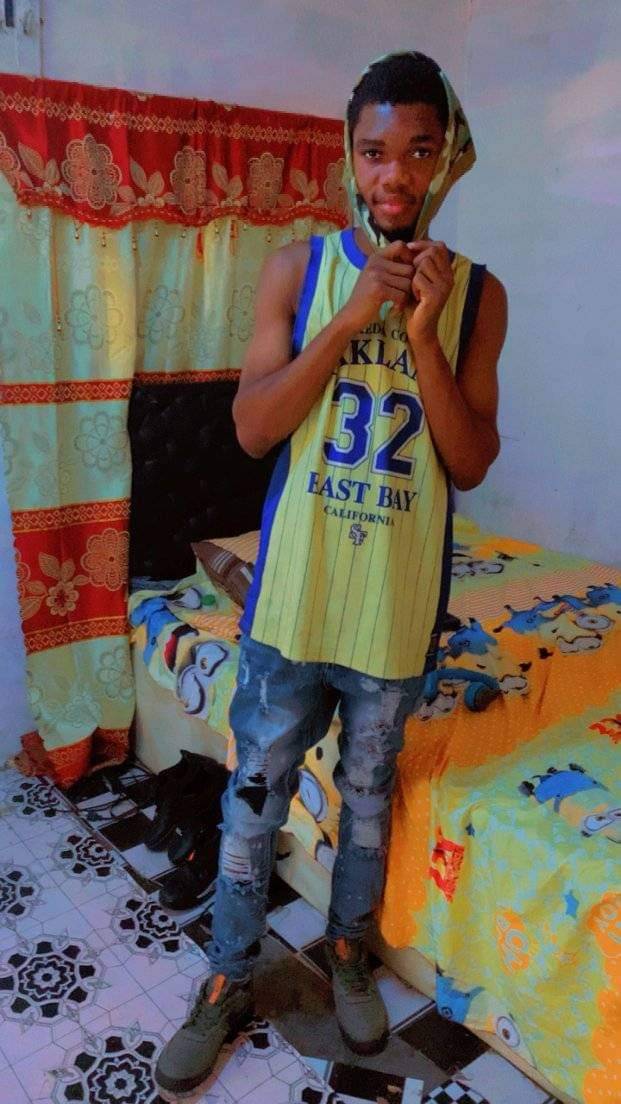*The Rise and Fall of Pablo Escobar*
In the sweltering streets of MedellÃn, Colombia, a young Pablo Escobar dreamed of wealth and power. Born in 1949 to a humble family, Pablo's early life was marked by poverty and hardship. However, his cunning and ambition soon propelled him to the top of Colombia's underworld.
Pablo's entry into organized crime began with car theft and smuggling. His charisma and strategic thinking quickly earned him the respect of local cartels. By the 1970s, Escobar had established himself as a key player in the cocaine trade.
As his empire grew, so did his notorious reputation. Pablo's ruthless tactics and bribery of officials allowed him to operate with impunity. His MedellÃn cartel became one of the most powerful in the world, supplying 80% of the United States' cocaine.
Escobar's wealth knew no bounds. He built lavish mansions, bought luxury cars, and even funded community projects to gain public support. His Robin Hood image resonated with many Colombians, who saw him as a folk hero.
However, the U.S. and Colombian governments were determined to bring him down. In 1991, Escobar surrendered to Colombian authorities, negotiating a reduced sentence and luxurious prison conditions.
But Escobar's freedom was short-lived. After escaping from prison in 1992, he went into hiding. The Colombian police and U.S. DEA launched a relentless pursuit.
On December 1, 1993, Pablo Escobar's reign came to an end. Cornered on a MedellÃn rooftop, he died in a hail of bullets. His body was later displayed in a gruesome public spectacle.
*Legacy of Bloodshed*
Pablo Escobar's life was marked by violence and destruction. His cartel was responsible for thousands of deaths, including politicians, judges, and innocent civilians.
Yet, his legend endures. Many Colombians still view him as a symbol of resistance against government corruption and foreign interference.
In the aftermath of Escobar's death, MedellÃn began its transformation. The city invested in education, infrastructure, and social programs, slowly eroding the cartel's influence.
Pablo Escobar's story serves as a cautionary tale about the dangers of unchecked power and corruption. His rise and fall remind us that true change requires addressing the root causes of inequality and violence.
*Timeline:*
- 1949: Pablo Escobar born in Rionegro, Colombia
- 1970s: Enters organized crime, focusing on cocaine trade
- 1980s: Becomes leader of MedellÃn cartel
- 1991: Surrenders to Colombian authorities
- 1992: Escapes from prison
- 1993: Killed in shootout with Colombian police and U.S. DEA
*Sources:*
- "Pablo Escobar" by Roberto Escobar (biography)
- "The Rise and Fall of Pablo Escobar" by BBC News
- "Pablo Escobar: Beyond Narcos" by (link unavailable)
- "MedellÃn's Transformation" by The Guardian


